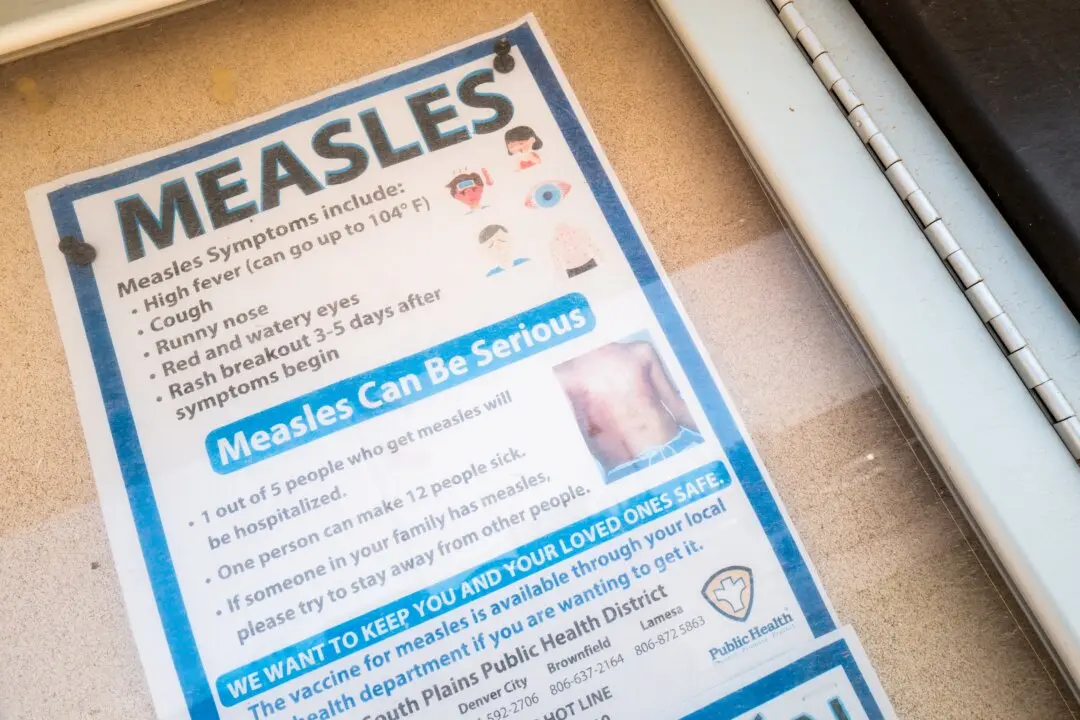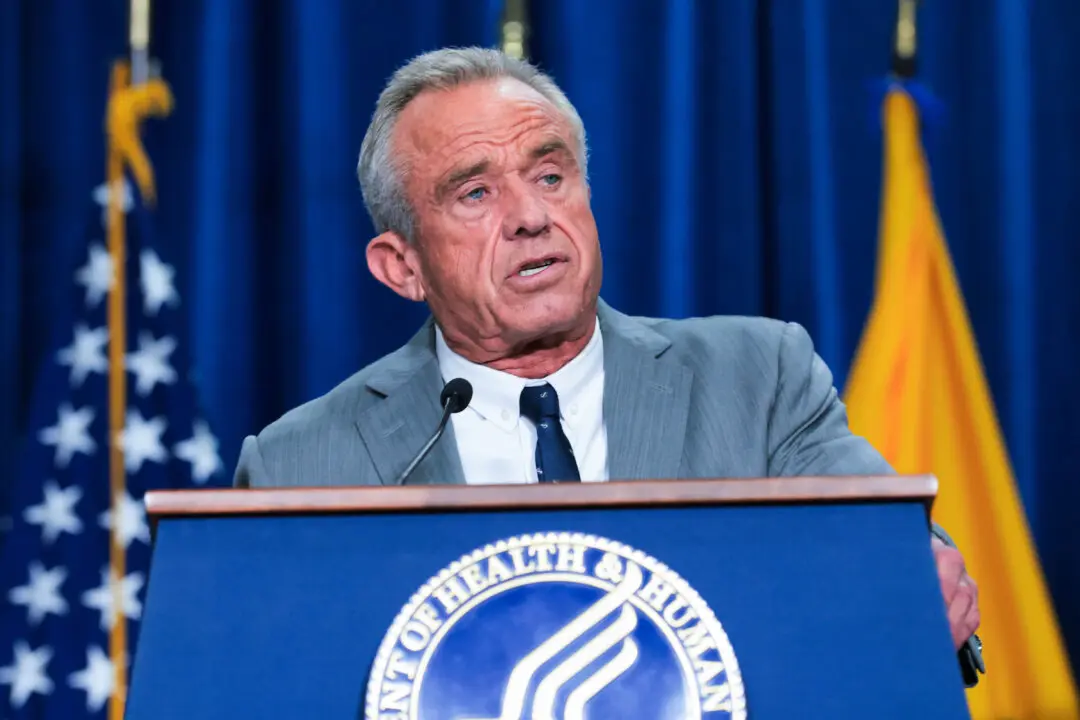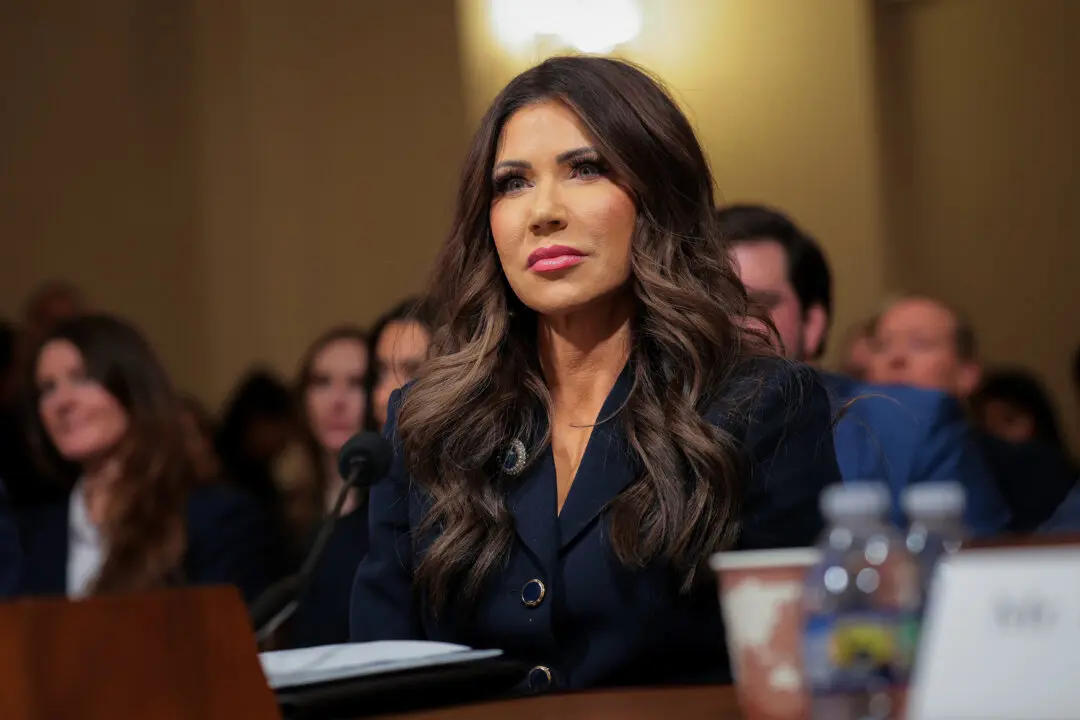President Donald Trump on Tuesday met with business owners affected by the riots in Kenosha that took place last week in the Wisconsin city, along with law enforcement officials.
The president flew to Illinois before being driven across state lines to survey damage inflicted by marauders that began on Aug. 23, hours after the police shooting of Jacob Blake.





